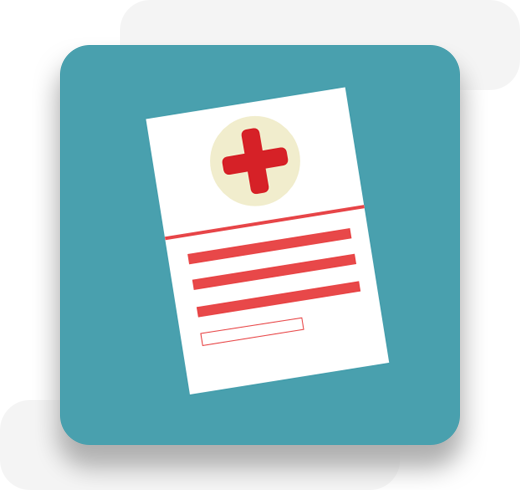Medical Coding
Medical coding is the transformation of healthcare diagnosis, procedures, medical services, and equipment into universal medical alphanumeric codes. The diagnoses and procedure codes are taken from medical record documentation, such as transcription of physician’s notes, laboratory and radiologic results, etc. Medical coding professionals help ensure the codes are applied correctly during the medical billing process, which includes abstracting the information from documentation, assigning the appropriate codes, and creating a claim to be paid by insurance carriers.
Medical coding happens every time you see a healthcare provider. The healthcare provider reviews your complaint and medical history, makes an expert assessment of what’s wrong and how to treat you, and documents your visit. That documentation is not only the patient’s ongoing record, it’s how the healthcare provider gets paid.

Professional E/M Coding
When coding professional evaluation and management (E/M) codes, CMS gives the option of choosing either 1995 guidelines or 1997 guidelines. The difference between the two is the physical exam documentation. Specialized providers prefer 1997 guidelines since their physical exams are more focused (i.e. podiatry, OB/GYN, etc.). Emergency room providers typically prefer 1995 guidelines as their physical exams are more generalized.
The professional E/M level is driven by the level of medical decision making (MDM). When determining the level of MDM, the coder takes into consideration:
- The number of possible diagnoses and/or the number of management options
- The amount and/or complexity of medical records and diagnostic tests
- The risk of significant complications and morbidity
Facility E/M Coding
The facility E/M level is determined by the highest level of intervention that is provided to the patient during their ER stay. The interventions include, but are not limited to, diagnostic tests performed, medication administration, discharge instructions, etc.
CMS does not provide guidelines when it comes to determining the facility E/M level. Each facility can create their own E/M matrix.


Coding Audits
Quality health care is based on accurate and complete clinical documentation in the medical record. The best way to improve your clinical documentation and the livelihood of your health care organization is through medical record audits. They are necessary to determine areas that require improvements and corrections.
The goals of an audit are to provide efficient and better delivery of care and to improve the financial health of your medical provider. Medical record audits specifically target and evaluate procedural and diagnosis code selection as determined by physician documentation. Once areas of weakness are revealed through an audit, you can present the audit findings and identify opportunities for training in your health care organization.
What Is Medical Auditing and Why Perform One?
Medical auditing entails conducting internal or external reviews of coding accuracy, policies, and procedures to ensure you are running an efficient and hopefully liability-free operation.
There are many reasons to perform medical audits:
- To determine outliers before large payers find them in their claims software and request an internal audit be done.
- To protect against fraudulent claims and billing activity
- To reveal whether there is variation from national averages due to inappropriate coding, insufficient documentation, or lost revenue.
- To help identify and correct problem areas before insurance or government payers challenge inappropriate coding
- To help prevent governmental investigational auditors like recovery audit contractors (RACs) or zone program integrity contractors (ZPICs) from knocking at your door
- To remedy under coding, bad unbundling habits, and code overuse and to bill appropriately for documented procedures
- To identify reimbursement deficiencies and opportunities for appropriate reimbursement.
- To stop the use of outdated or incorrect codes for procedures
- To verify ICD-10-CM and electronic health record (EHR) meaningful use readiness
Coding Denial
A denied claim is a claim that has made it through the adjudication system—it’s been received and processed by the insurance or third-party payer. However, the claim has been deemed unpayable for services received from the healthcare provider.
Payers will send you an Explanation of Benefits (EOB) or Electronic Remittance Advice (ERA) that explains why the claim was denied. Even though a payer denies a claim, that doesn’t mean it’s not payable and you can’t appeal the claim. Before you can resubmit the claim, you must determine why the claim was denied and correct the errors.

